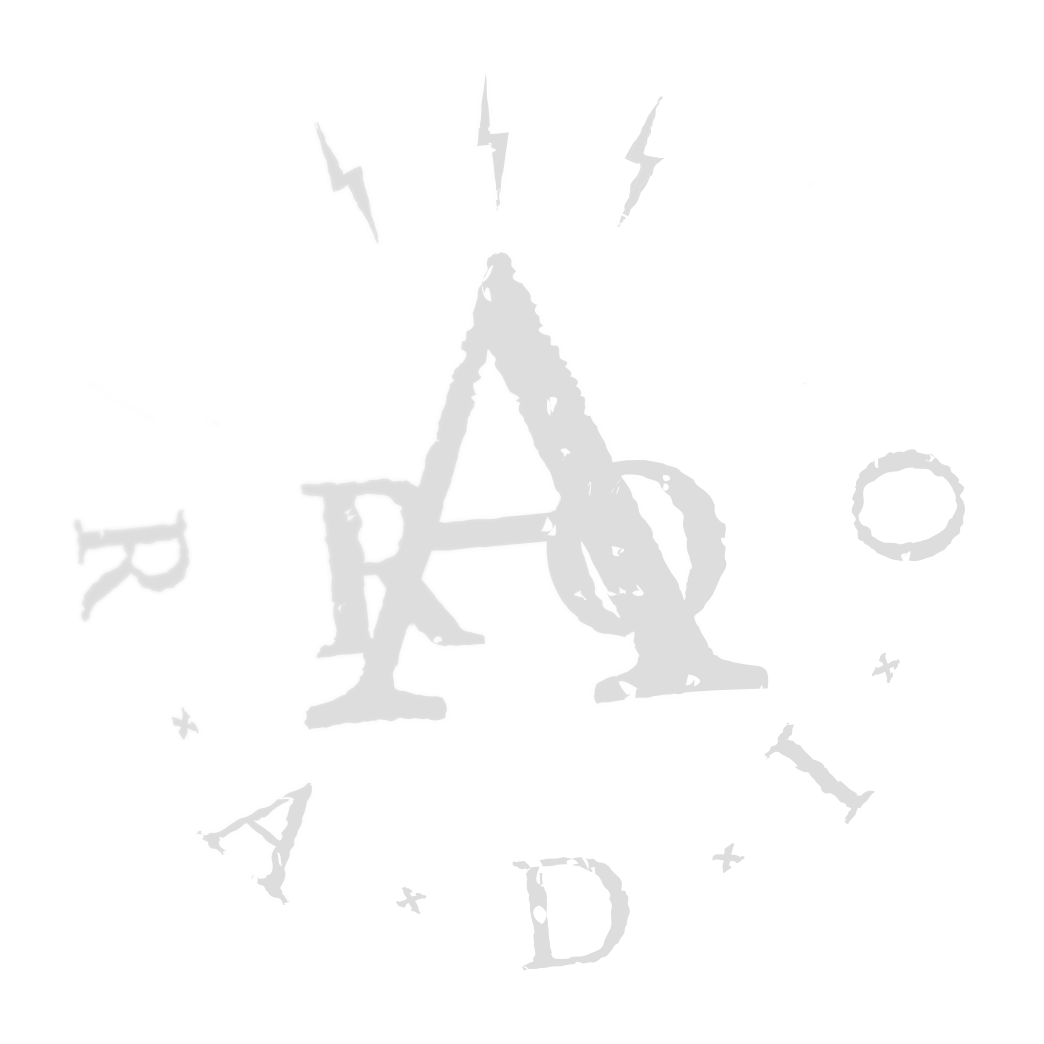Gather 'Round, People: Part I
Aborigines and Torres Strait Islanders should know that the names and images of deceased people appear on this page.
History has come to be more than just the account of the past. It helps us define who we are, and what we represent. In the 1960s a group of Australian aborigines went on a strike, demanding not just living conditions, but their recognition as the original custodians of the land. Their strike would force a 'reversal of history', and so send Australia on a path to amend how it saw and defined itself. The path continues to be uneasily trodden to this day.
This podcast tells the little known story of how small actions can cause big change, and how actions for a common cause must take varying forms in order to demand change of the social narrative; the change of a society's identity.
This is not just an Australian discussion, but one pertinent to societies all around the world, however it is in Australia that the Gurindji people of the Northern Territory showed that it is from little things that big things grow.
It is impossible to accurately identify exactly what constituted aboriginal Australia prior to colonisation. This language map is based on all available date from various sources and was created as an interactive public resource. Check it out here.
This is an attempt and discussion by researcher Christine Nicholls to understand and convey the Dreamtime from a non-indigenous perspective:
This is from the Australian government; so an establishment communication of the Dreamtime. It provides some useful links, but relies upon sources that still provide predominantly the non-indigenous perspective:
Indigenous Australia is a website that has been running since the 90s, and is a fairly reasonable resource for attaining an indigenous perspective.
